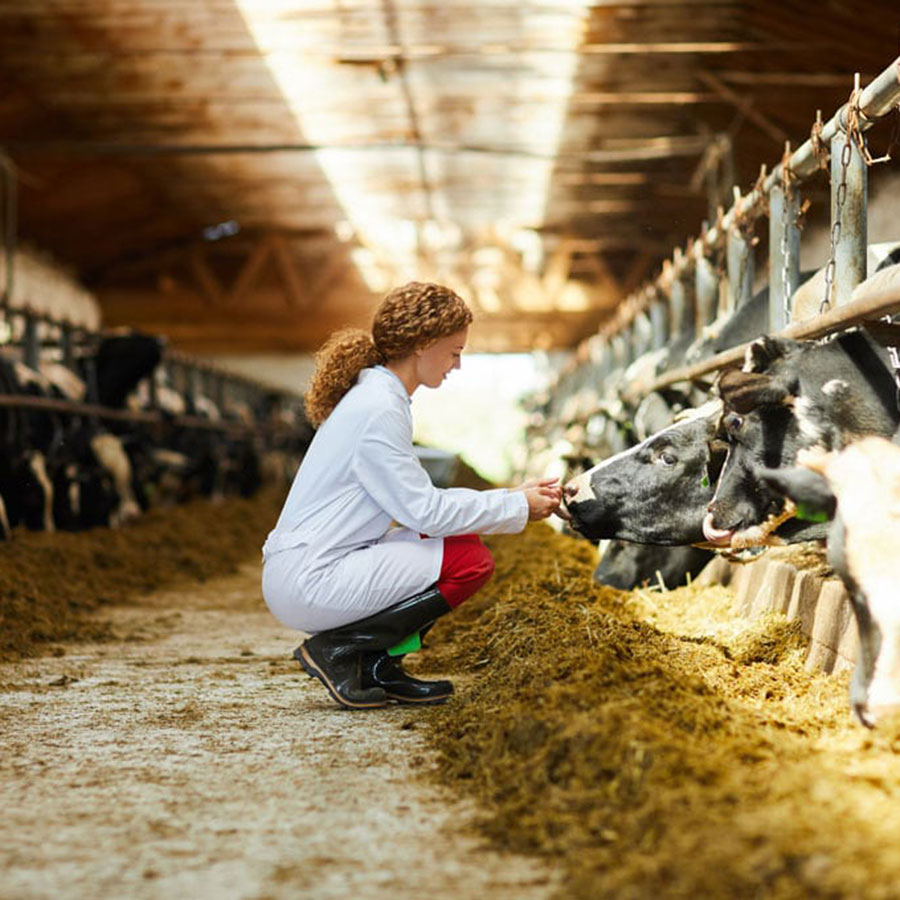Faculty


Staff

The Animal Science program curriculum prepares students for rewarding careers in management of production and processing operations.
Students have the opportunity to study animal breeding and genetics, nutrition, physiology, growth, behavior, and management. Specialized careers within Animal Science include animal care, breeding, nutrition, marketing, promotions and research.

According to the Bureau of Labor Statistics overall employment of agricultural and food science technicians is projected to grow 5 percent from 2022 to 2032, faster than the average for all occupations.
About 5,500 openings for agricultural and food science technicians are projected each year, on average, over the decade. Many of those openings are expected to result from the need to replace workers who transfer to different occupations or exit the labor force, such as to retire.
Demand will continue for agricultural research into topics such as water resources, pests and pathogens, climate and weather patterns, and biofuels and other agricultural products.
Agricultural science technicians will be needed to assist agricultural and food scientists in investigating and improving the diets, living conditions, and genetic makeup of livestock. Food science technicians will help scientists improve food-processing techniques, ensuring that products are safe, waste is limited, and food is shipped efficiently. Technicians also will continue to be needed to help analyze soil composition and soil improvement techniques, find uses for agricultural byproducts, and selectively breed crops to resist pests and disease or to improve taste.
The U.S. Bureau of Labor Statistics reports that the median annual wage for agricultural technicians was $41,760 in May 2022. The median wage is the wage at which half the workers in an occupation earned more than that amount and half earned less. The lowest 10 percent earned less than $29,900, and the highest 10 percent earned more than $63,720.
The median annual wage for food science technicians was $47,860 in May 2022. The lowest 10 percent earned less than $36,050, and the highest 10 percent earned more than $71,370.


